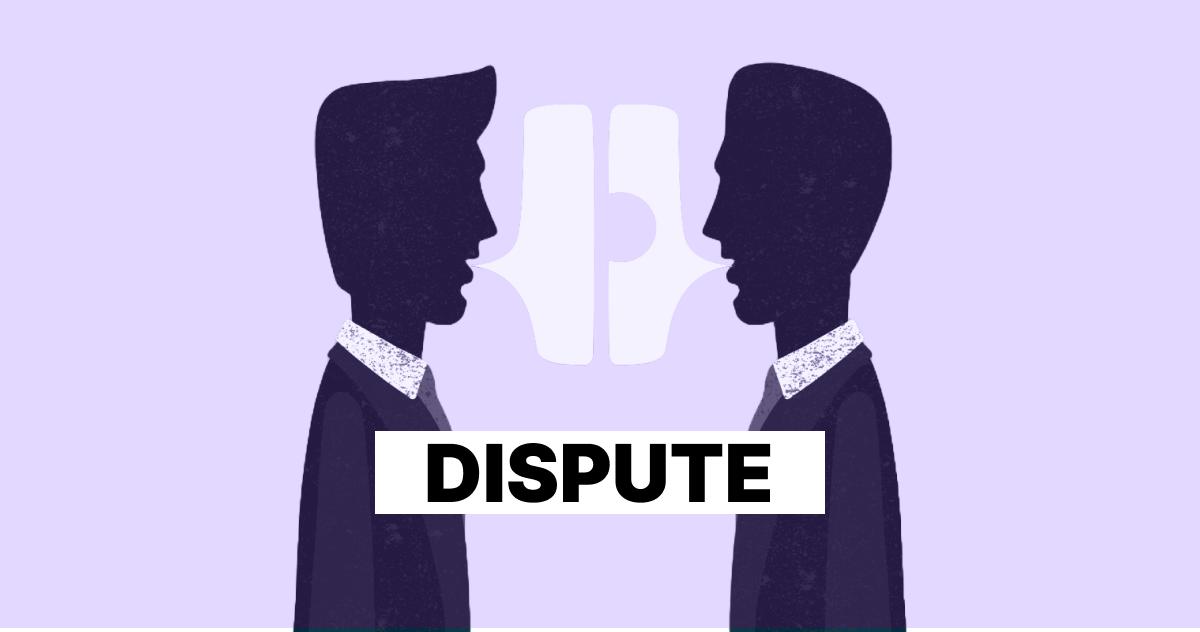Handling dispute resolution for employment grievances is essential to creating a fair and productive workplace. From misunderstandings to violations of labor laws, disputes can arise in various forms, leading to grievances that affect both employers and employees. Understanding the process of resolving these disputes legally and efficiently can prevent costly litigations and foster a positive work environment.
What is Dispute Resolution for Employment Grievances?
Dispute resolution refers to the legal or negotiated processes used to address and settle grievances between employees and employers. It involves resolving issues related to working conditions, contracts, discrimination, wage disputes, harassment, and unfair dismissals.
The goal is to reach a fair solution that satisfies all parties involved and upholds workplace rights under applicable laws like the Industrial Disputes Act, 1947.
Advantages of Dispute Resolution for Employment Grievances
- Cost-effective: Resolving grievances internally or through mediation avoids costly court fees and long-drawn litigations.
- Time-efficient: Settling disputes quickly avoids disruptions in productivity.
- Preserving Relationships: Dispute resolution methods like mediation help maintain positive relationships between employers and employees.
- Confidentiality: Unlike court cases, these resolutions are usually private, protecting sensitive company information.
The Process of Employment Grievance Resolution
- Identifying the Grievance
The process begins with recognizing that a dispute exists. It could be based on issues like discrimination, wrongful termination, or wage-related complaints. - Formal Complaint Submission
The affected employee typically files a formal complaint following internal policies. - Internal Review
The HR department or a designated team evaluates the complaint and suggests possible resolutions. - Negotiation & Mediation
If the internal review doesn’t yield a solution, third-party mediation or negotiation may be initiated. Mediation allows both parties to present their sides, with the mediator guiding towards a solution. - Arbitration
Arbitration may follow if the mediation process fails. Here, an arbitrator reviews the case and delivers a legally binding decision. - Legal Action
If all other methods fail, the dispute might escalate to legal proceedings, following the labor laws of the region.
Types of Dispute Resolution for Employment Grievances
- Mediation
A neutral third party helps facilitate discussions between the employer and the employee to arrive at a mutually agreeable solution. This is a non-binding process. - Arbitration
A more formal process where the arbitrator makes decisions that are typically binding. Arbitration is often faster and more cost-effective than court litigation. - Negotiation
Direct discussions between the employee and the employer to resolve the issue without third-party intervention. - Litigation
The most formal method, involving the courts where the employee sues the employer. It’s usually the last resort due to time and costs involved.
Key Contracts and Laws Involved in Employment Disputes
Understanding the legal frameworks and contracts that govern the employer-employee relationship can significantly reduce the risk of disputes. Important laws and agreements include:
- Employment Contracts: These set clear expectations about duties, wages, and conditions of employment, reducing misunderstandings.
- Non-Compete Clauses: In certain cases, these clauses are subject to dispute when an employee is terminated or resigns. Properly crafted clauses help protect businesses without infringing on employee rights.
- Industrial Disputes Act, 1947: Governs the resolution of industrial disputes in India, covering issues like strikes, lockouts, and labor welfare.
- The Payment of Gratuity Act, 1972: Ensures employees receive gratuity payments on termination of employment, which is often a source of dispute.
- The Equal Remuneration Act, 1976: Prevents wage-based discrimination basis of gender.
How to Create a Better Workplace through Dispute Resolution
- Open Communication Channels: Regular meetings and discussions allow employees to voice concerns before they escalate into formal disputes.
- Clear Grievance Policies: Clearly defined policies for raising and addressing grievances reduce confusion and help manage disputes effectively.
- Training for Conflict Resolution: Employers should train managers and HR professionals in dispute resolution techniques to prevent conflicts from escalating.
- Employee Engagement Initiatives: Happy employees are less likely to file grievances. Regular engagement activities build stronger employer-employee relationships.
Common Mistakes to Avoid in Dispute Resolution
- Ignoring Employee Complaints
Dismissing grievances can escalate conflicts, making resolution more difficult later. - Lack of Clear Policies
Ambiguity in how grievances are handled can cause distrust and lead to litigation. - Inadequate Documentation
Failing to document disputes and resolution processes can harm the company’s legal standing. - Delayed Action
Taking too long to address grievances can worsen the situation, leading to low employee morale and legal repercussions.
Filing and Cancellation of Employment Grievance Cases
If the grievance resolution process does not satisfy either party, filing a formal case in a labor court may be the next step. However, filing should be done as a last resort when negotiation, mediation, and arbitration have been exhausted.
Employment disputes can be settled or canceled at any stage if both parties reach an agreement. However, withdrawal from a grievance case must be mutual, with the employee’s rights protected.
Conclusion
Understanding dispute resolution for employment grievances is critical for both employees and employers. With the right processes and contracts in place, disputes can be resolved effectively, maintaining a harmonious work environment. Proactively addressing grievances through mediation, negotiation, and proper legal channels prevents escalation into costly legal battles.
By fostering an open, fair, and communicative workplace, employers can avoid many common pitfalls in handling employment grievances, ensuring a smooth, legally compliant resolution process.

Leave a Reply